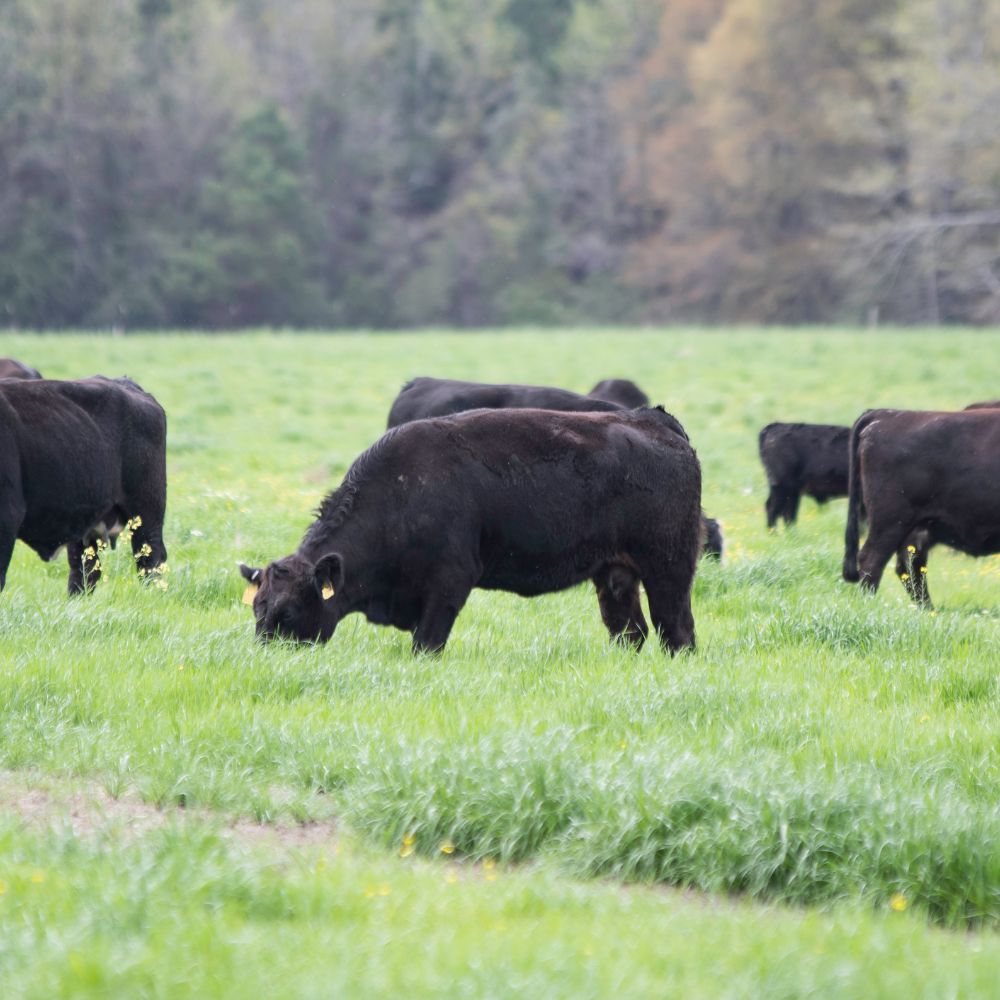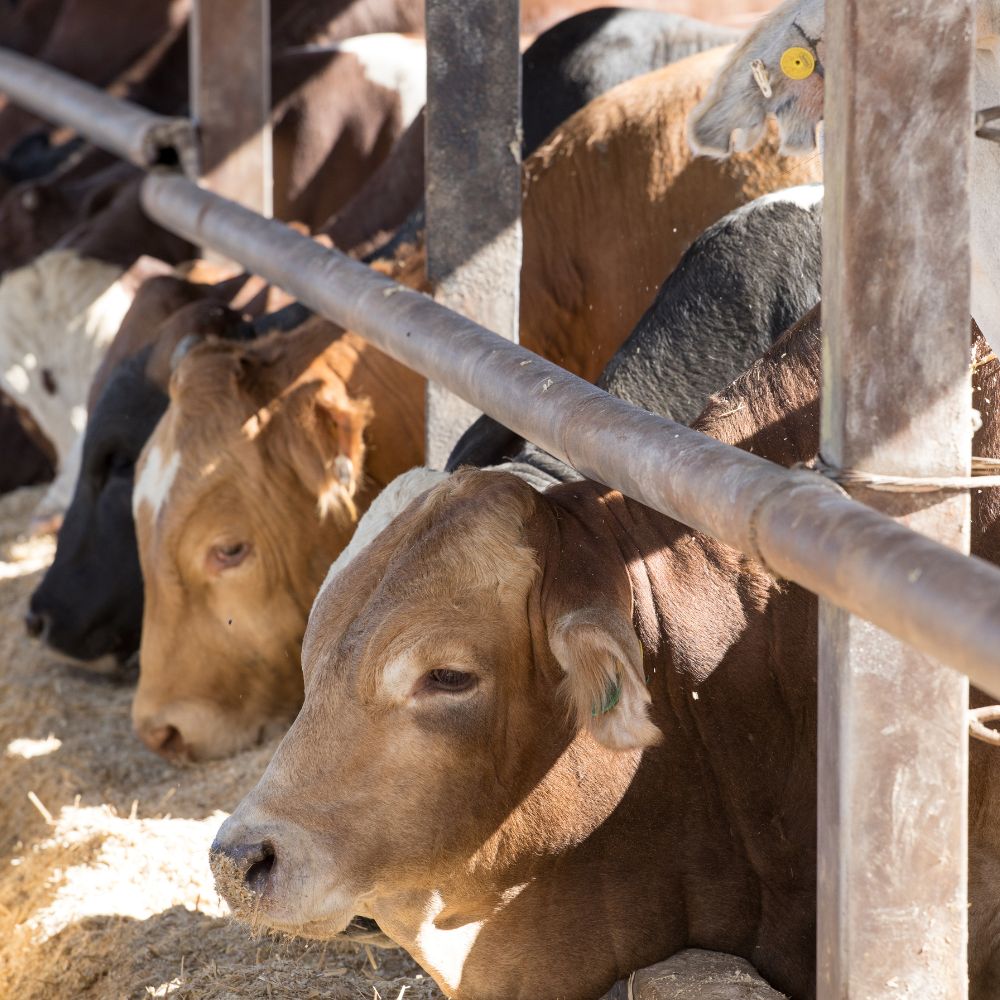The Of Bagley Risk Management
Livestock Threat Security (LRP) is a USDA subsidized insurance program that helps secure producers from the threats that originate from market volatility. With LRP, producers have the ability to insure a flooring price for their livestock and are paid an indemnity if the marketplace value is lower than the insured rate.
This item is planned for. Livestock insurance.
The 6-Second Trick For Bagley Risk Management

In the last couple of months, numerous of us at FVC and PCM have gotten inquiries from producers on which risk administration tool, LRP vs. Futures, is much better for a pork manufacturer? Like a lot of devices, the answer relies on your procedure's objectives and circumstance. For this version of the Dr.'s Edge, we will certainly check out the situations that have a tendency to favor the LRP device.
In Mike's analysis, he compared the LRP computation versus the future's market close for each and every day of the past two decades! The percent expressed for every month of the given year in the very first area of the table is the percent of days because month in which the LRP estimation is less than the futures close or simply put, the LRP would possibly compensate even more than the futures market - https://forums.hostsearch.com/member.php?255830-bagleyriskmng&tab=aboutme&simple=1. (Livestock risk protection calculator)
As an example, in January 2021, all the days of that month had LRP potentially paying more than the futures market. Conversely, in September 2021, all the days of that month had the futures market possibly paying greater than LRP (no days had LRP lower than futures close). The tendency that dawns from Mike's analysis is that a SCE of a LRP has a higher chance of paying extra versus futures in the months of December to May while the futures market has a higher probability of paying a lot more in the months of June to November.
What Does Bagley Risk Management Do?

As an instance, in 2019, LRP was better or within a $1. Table 2 shows the average basis of the SCE LRP calculations versus the future's close for the provided time structures per year.
Once again, this information sustains much more likelihood of an SCE of a LRP being much better than futures in December with May for the majority of years. As a typical caution with all evaluation, past performance is NO assurance of future efficiency! It is imperative that producers have accounting methods in place so they recognize their expense of manufacturing and can much better determine when to use danger administration tools.
The Best Strategy To Use For Bagley Risk Management
Some on-farm feeders might be considering the demand for price protection right now of year on calf bones kept with the next page intent to feed them to a finish weight at some point in 2022, using available feed resources. Regardless of strong fed livestock costs in the present local market, feed expenses and current feeder calf values still make for tight feeding margins progressing.
The current ordinary auction cost for 500-600 pound steers in Nebraska is $176 per cwt. This suggests a break-even price of $127. The June and August live cattle contracts on the CME are currently trading for $135.
Cattle-feeding enterprises tend to have tight margins, like lots of agricultural business, due to the competitive nature of business. Cattle feeders can bid extra for inputs when fed livestock prices rise. https://www.openstreetmap.org/user/Andrew%20Bagley. This boosts the cost for feeder cattle, particularly, and rather boosts the rates for feed and various other inputs
Bagley Risk Management Fundamentals Explained
Regions far from significant processing facilities tend to have an unfavorable basis. It is very important to keep in mind that local results likewise influence basis worths for 500-600 pound guides in the loss. Nebraska livestock are close to major processing facilities. Consequently, basis is positive or absolutely no on fed cattle throughout much of the state.
Just in 2020 did the LRP insurance coverage price go beyond the ending worth by sufficient to cover the premium cost. However, the internet result of having this LRP insurance coverage in 2019-20 was substantial, including $17. 88 per cwt. to the bottom line. The result is a favorable typical internet result over all five years of $0.
37 The producer premium decreases at lower insurance coverage levels yet so does the insurance coverage rate. Due to the fact that producer costs are so low at reduced protection degrees, the producer loss ratios (indemnity/premium) increase as the insurance coverage degree decreases.
The 7-Second Trick For Bagley Risk Management
As a whole, a producer should consider LRP insurance coverage as a system to protect outcome rate and succeeding profit margins from a danger management viewpoint. Some producers make a case for insuring at the lower degrees of insurance coverage by focusing on the decision as a financial investment in risk administration protection.

Comments on “How Bagley Risk Management can Save You Time, Stress, and Money.”